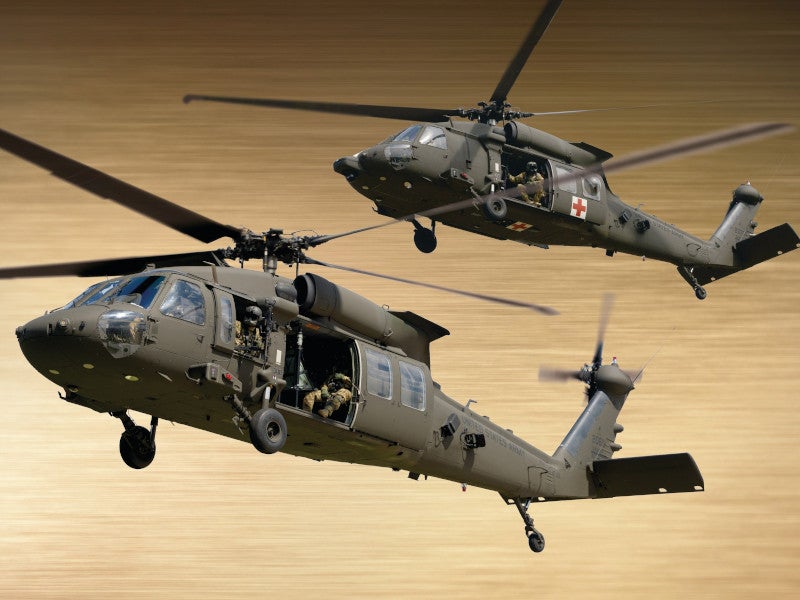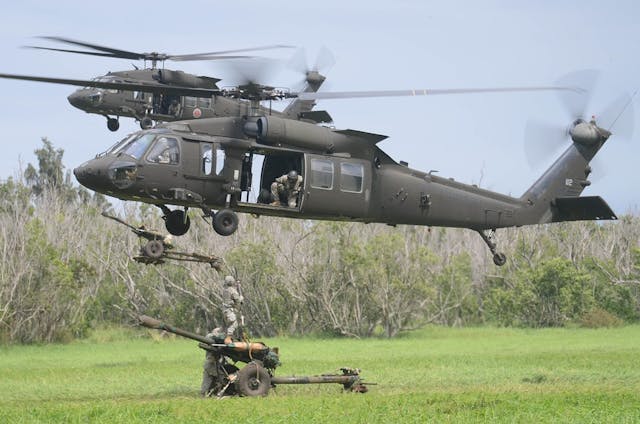UH 60 Technical Requirements and Efficiency Evaluation
UH 60 Technical Requirements and Efficiency Evaluation
Blog Article
The Impact of Lasting Practices on the Future of Aircraft Procedures and Emissions Reduction
As the air travel industry encounters boosting analysis over its environmental effect, the adoption of lasting practices arises as a critical pathway toward future aircraft procedures and emissions reduction. Technologies in lasting aviation gas and improvements in crossbreed propulsion technologies stand at the center of this transformation, promising considerable decreases in greenhouse gas discharges.

Overview of Sustainable Practices
Lasting practices in aircraft operations incorporate a variety of methods targeted at lowering ecological influence while preserving operational effectiveness. These techniques are crucial in the aeronautics industry's dedication to reducing its carbon footprint and adhering to international ecological criteria. Key efforts consist of enhancing flight courses to decrease fuel consumption, enhancing upkeep procedures to ensure aircraft operate at peak performance, and applying sophisticated innovations such as winglets and light-weight materials that improve aerodynamics.

Engaging and educating staff on sustainability techniques likewise play an important role, promoting a society of ecological duty within organizations. Generally, the combination of these lasting practices not only helps in reducing emissions however likewise enhances the lasting practicality of the air travel sector, guaranteeing it meets the needs of both customers and regulatory bodies while adding to global sustainability goals.
Ingenious Fuel Alternatives
Many innovative gas alternatives are becoming crucial services to reduce the aviation sector's reliance on conventional fossil fuels. Among these alternatives, Lasting Air travel Fuels (SAFs) have acquired considerable focus as a result of their potential to reduce lifecycle greenhouse gas discharges by up to 80% compared to standard jet gas. SAFs are acquired from different feedstocks, consisting of waste oils, agricultural residues, and also algae, making them a versatile option for the industry.
Another promising choice is hydrogen fuel, which, when made use of in gas cells, generates just water vapor as a byproduct. This zero-emission prospective presents a considerable opportunity for decarbonizing flight operations, especially for short-haul flights and local airplane. Furthermore, electric propulsion systems are being discovered, leveraging battery modern technology to power airplane. While present battery ability limitations variety and payload, ongoing improvements might soon make electrical trips feasible for certain applications - uh 60.
Last but not least, biofuels originated from biomass are being explored, offering a sustainable alternative that can be blended with conventional gas. Jointly, these ingenious gas choices stand for a crucial step toward achieving a sustainable aeronautics ecosystem, lining up with international emissions decrease targets and enhancing the industry's environmental stewardship.
Technical Developments in Aeronautics

Just how can technical improvements improve the future of aviation? The assimilation of advanced technologies is pivotal in transforming aircraft procedures, enhancing effectiveness, and lowering emissions. Advancements such as electric and hybrid propulsion systems are at the forefront, encouraging significant decreases in gas consumption and greenhouse gas emissions. These systems take advantage of innovations in battery modern technology and power management, enabling airplane to operate with a lower environmental impact.
Moreover, the implementation of sophisticated materials, such as light-weight compounds, contributes to boosted aerodynamics and fuel performance. The usage of expert system and artificial intelligence in trip operations optimizes route preparation and decreases gas burn by allowing real-time adjustments based on climate and web traffic problems. Furthermore, the development of autonomous and from another location piloted aircraft systems stands to transform freight and traveler transportation, potentially increasing effectiveness while reducing human mistake.
Additionally, sustainable air travel technologies, including advanced air website traffic monitoring systems, can reduce and streamline procedures click here to read blockage, leading to reduced emissions throughout trip. These improvements jointly stand for a paradigm change in aeronautics, promising a future where sustainability and functional efficiency are linked, thus sustaining the sector's commitment to minimizing its environmental impact.

Regulatory Framework and Conformity
Taking into account the expanding focus on environmental stewardship within the aeronautics market, the regulative framework governing aircraft operations is developing to advertise lasting techniques. Governing bodies, such as the International Civil Aeronautics Company (ICAO) and numerous nationwide air travel authorities, are introducing strict guidelines targeted at reducing emissions and improving operational effectiveness.
These policies typically include the adoption of Sustainable Aviation Gas (SAF), which has been recognized as a crucial component in attaining lower carbon footprints. Conformity with these regulations needs airlines to implement innovative innovations and operational techniques, such as maximized flight paths and boosted air traffic monitoring, to decrease fuel consumption.
In addition, the enforcement of exhausts trading systems and carbon balancing out initiatives is ending up being increasingly widespread, engaging airlines to keep track of and report their exhausts precisely. Non-compliance can lead to substantial penalties, hence pushing drivers to prioritize sustainability in their organization designs.
Inevitably, the progressing regulatory landscape not only drives innovation and investment in green technologies but additionally fosters a society of accountability within the air travel market. As these structures continue to establish, the concentrate on sustainable methods will certainly be essential to accomplishing the field's long-term environmental objectives.
Future Patterns in Aircraft Operations
As the air travel sector adapts to an increasingly rigid regulatory setting, future trends in airplane procedures are established to concentrate on ingenious services that even more enhance sustainability and performance - uh 60. Trick advancements will likely include the fostering of advanced air traffic administration systems, which make use of real-time information and expert system to enhance trip courses, reducing fuel usage and exhausts
Another substantial trend is the raised integration of lasting aeronautics fuels (SAFs) These alternatives to standard jet fuel, originated from eco-friendly resources, can considerably decrease lifecycle greenhouse gas exhausts. The industry's commitment to SAFs will likely accelerate as airlines work together with fuel producers to make sure availability and cost-effectiveness.
Furthermore, the push in the direction of electrification and crossbreed propulsion systems is obtaining energy. Arising aircraft layouts will certainly integrate these modern technologies, supplying quieter and extra effective procedures, particularly for short-haul you could try these out trips.
Final Thought
Finally, the integration of lasting methods in aircraft operations holds substantial possibility for discharges reduction and improved effectiveness. The adoption of sustainable aeronautics gas, paired with developments in electrical and hybrid propulsion systems, is necessary for lessening lifecycle greenhouse gas discharges. Furthermore, maximizing trip courses and embracing cutting-edge innovations contribute to a quieter and extra ecologically friendly aviation sector. Collectively, these initiatives line up with international sustainability goals and lead the way for a greener future in aviation.
Technologies in lasting air travel gas and advancements in crossbreed propulsion modern technologies stand at the leading edge of this improvement, appealing considerable decreases in greenhouse gas emissions.Many cutting-edge fuel options are emerging as crucial options to reduce the air travel industry's dependence on conventional fossil fuels - uh 60. Amongst these choices, Sustainable Air travel Gas (SAFs) have actually gained substantial attention due to their prospective to lower lifecycle greenhouse gas exhausts by up to 80% contrasted navigate to this website to standard jet gas.Another considerable pattern is the boosted combination of lasting aeronautics gas (SAFs) The adoption of sustainable aviation fuels, paired with advancements in hybrid and electric propulsion systems, is vital for lessening lifecycle greenhouse gas exhausts
Report this page